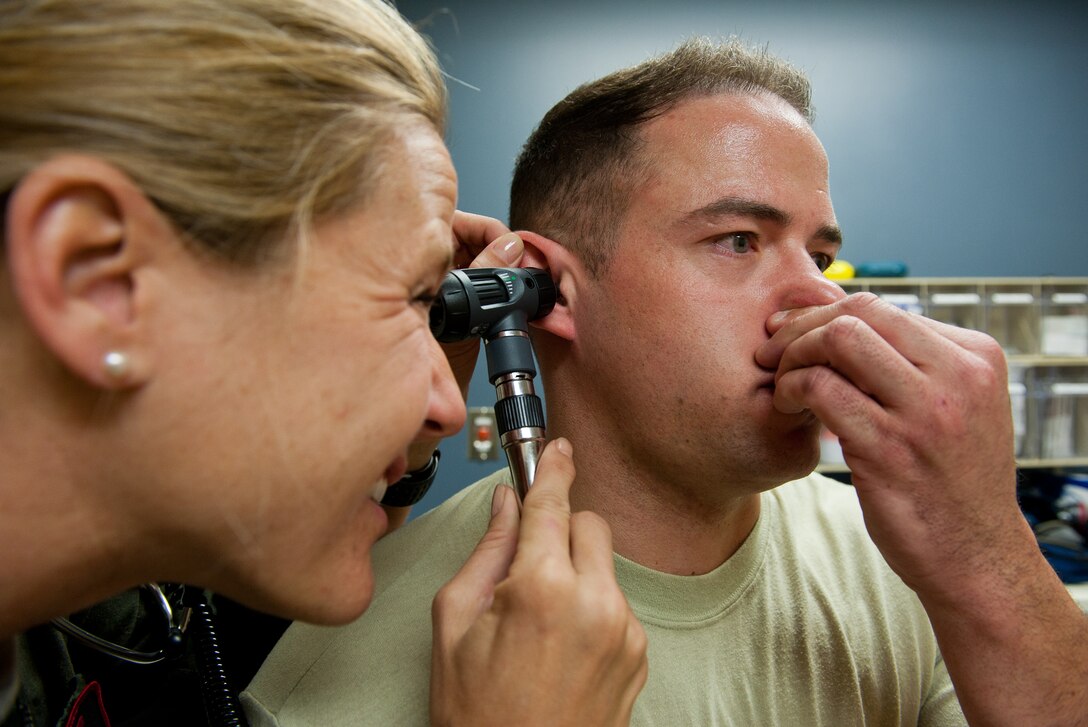Congenital Heart Disease: Potential Causes and Disparities
Congenital heart defects (CHDs) include a variety of birth defects that affect the structure and function of a baby’s heart. These defects may affect blood flow through the heart and throughout the rest of the body. Some examples of CHDs include atrial septal defects, atrioventricular septal defect, tetralogy of fallot, and tricuspid atresia. The severity of these CHDs can range from mild cases to very severe cases that require immediate intervention. According to the Centers for Disease Control and Prevention (CDC), about one in four babies born with a heart defect have a critical CHD that requires surgery or other interventional procedures within the baby’s first year of life.
Unfortunately, the causes of CHDs in most babies are still unknown. Some hypotheses suggest that they may be the result of abnormalities in individual genes or chromosomes. CHDs are also thought to be the result of certain factors during prenatal development (before birth), including the mother’s health condition, diet, and medications used during pregnancy.
Recently, a team of researchers in Denmark found an association between maternal metabolic disorders and higher risk of CHDs in offspring. Maternal cardiometabolic disorders are defined as conditions that may be related to insulin resistance or hyperglycemia, such as obesity, diabetes, hypertension, and preeclampsia. They found that pregestational diabetes (having diabetes before pregnancy) and early-onset preeclampsia (develops before 34 weeks of gestation) in the mother are the most strongly associated with CHDs in the offspring.
But the findings of their study may not be generalizable to those of non-European and non-Asian descent because the researchers didn’t account for the prenatal health disparities that individuals from other racial groups and low socioeconomic status experience.
Race and ethnicity, as well as socioeconomic status, contribute to the development of prenatal cardiometabolic diseases, which are risk factors for CHDs, due to decreased access to prenatal vitamins and regular checkups throughout pregnancy. Additionally, individuals of lower socioeconomic status face dietary limitations associated with geographic location and may not have access to medicine necessary to treat metabolic disorders, like insulin.
Unfortunately, the causes of CHDs in most babies are still unknown. Some hypotheses suggest that they may be the result of abnormalities in individual genes or chromosomes. CHDs are also thought to be the result of certain factors during prenatal development (before birth), including the mother’s health condition, diet, and medications used during pregnancy.
Recently, a team of researchers in Denmark found an association between maternal metabolic disorders and higher risk of CHDs in offspring. Maternal cardiometabolic disorders are defined as conditions that may be related to insulin resistance or hyperglycemia, such as obesity, diabetes, hypertension, and preeclampsia. They found that pregestational diabetes (having diabetes before pregnancy) and early-onset preeclampsia (develops before 34 weeks of gestation) in the mother are the most strongly associated with CHDs in the offspring.
But the findings of their study may not be generalizable to those of non-European and non-Asian descent because the researchers didn’t account for the prenatal health disparities that individuals from other racial groups and low socioeconomic status experience.
Race and ethnicity, as well as socioeconomic status, contribute to the development of prenatal cardiometabolic diseases, which are risk factors for CHDs, due to decreased access to prenatal vitamins and regular checkups throughout pregnancy. Additionally, individuals of lower socioeconomic status face dietary limitations associated with geographic location and may not have access to medicine necessary to treat metabolic disorders, like insulin.
Image Source: BirkFoto
In fact, women who do not have regular access to prenatal care are three times more likely to give birth to babies with low birth weights, which can lead to serious health complications, and babies born to mothers who do not receive regular prenatal care are five times more likely to die. Prenatal care is important because a physician who regularly monitors the health of both mother and baby during pregnancy can identify and treat health problems that may arise much earlier.
According to the Kaiser Family Foundation, without insurance, prenatal care typically costs a mother about two thousand dollars. This cost includes approximately 12 doctors’ visits, at least one ultrasound, as well as routine urinalysis and blood tests. However, this cost does not take into account the prenatal vitamins, classes or books to prepare for the birth of their baby, dietary changes, and lifestyle changes that are often recommended for pregnant women.
Since many women of lower socioeconomic status work in places that don’t use appropriate chemical safety precautions or are exposed to toxins like those from secondhand smoke on a regular basis, they are also disproportionately impacted by environmental pollutants. Finally, women of lower socioeconomic status typically have higher stress levels and are unable to get regular sleep, particularly when they are not pregnant with their first child.
All of these factors, which disproportionately affect babies born into communities of lower socioeconomic status, play a significant role in a baby’s prenatal health and may contribute to the development of CHDs.
According to the Kaiser Family Foundation, without insurance, prenatal care typically costs a mother about two thousand dollars. This cost includes approximately 12 doctors’ visits, at least one ultrasound, as well as routine urinalysis and blood tests. However, this cost does not take into account the prenatal vitamins, classes or books to prepare for the birth of their baby, dietary changes, and lifestyle changes that are often recommended for pregnant women.
Since many women of lower socioeconomic status work in places that don’t use appropriate chemical safety precautions or are exposed to toxins like those from secondhand smoke on a regular basis, they are also disproportionately impacted by environmental pollutants. Finally, women of lower socioeconomic status typically have higher stress levels and are unable to get regular sleep, particularly when they are not pregnant with their first child.
All of these factors, which disproportionately affect babies born into communities of lower socioeconomic status, play a significant role in a baby’s prenatal health and may contribute to the development of CHDs.
Featured Image Source: weatherbox
RELATED ARTICLES
|
Vertical Divider
|
Vertical Divider
|
Vertical Divider
|






